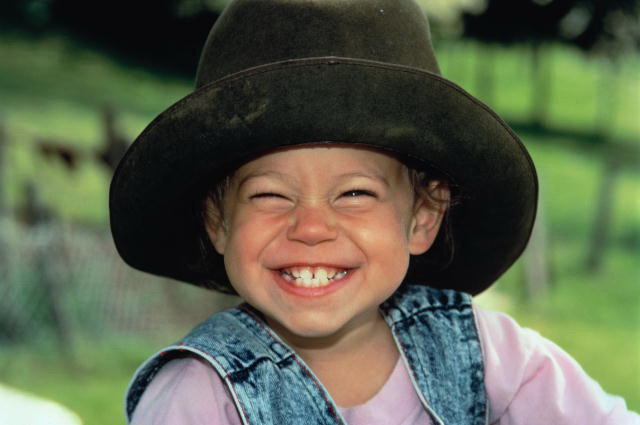Instruction
1
Children begin to laugh after two or three months after birth – usually the laughter of infants expresses them in a good mood, joy, satisfaction and reactions to pleasant sensations, delivered by the mother. If you want to amuse a very small child, kiss him or throw up – he doesn't perceive this as funny, but will laugh, as will experience pleasant sensations.
2
In nine months the child is beginning to understand and appreciate surrounding objects. Start to play with the baby hide and seek – hide from him toys and things, asking where they've gone. Hide under the blanket their hands or the hands of a child. Also you can stuff your face and "hide".
3
The hidden object must be in sight of the baby – then he would not experience anxiety, but will get pleasure from his "searches". These hide and seek "fun" will cause the baby to laugh.
4
At this age the child begins to recognize cause-and-effect relationships. You can tickle him, and the child will laugh. In older age promise the child that you tickle him and he laughs from a promise of tickling.
5
At age one the baby acquires the ability to wonder at the surrounding events, when reality does not match expectations. If you accidentally drop on the floor a package with things or stumble, the baby will laugh, as this situation is unexpected for him.
6
In two years the child begins to form their own sense of humor – to act like talking on the phone, applying your ear to the spoon or hairbrush. Replacing its symbol, the child goes to a new level of development.
7
In two or three years the kid is able to joke and entertain others – to hide, suddenly jump out from "ambush" to call people funny names to come up with their own jokes. With humor a small child can defuse a tense situation.
8
Use humor with your child in important situations – for example when a child learns to behave at the table or learning to walk and to dress themselves. Jokes relieve tension and anxiety.
